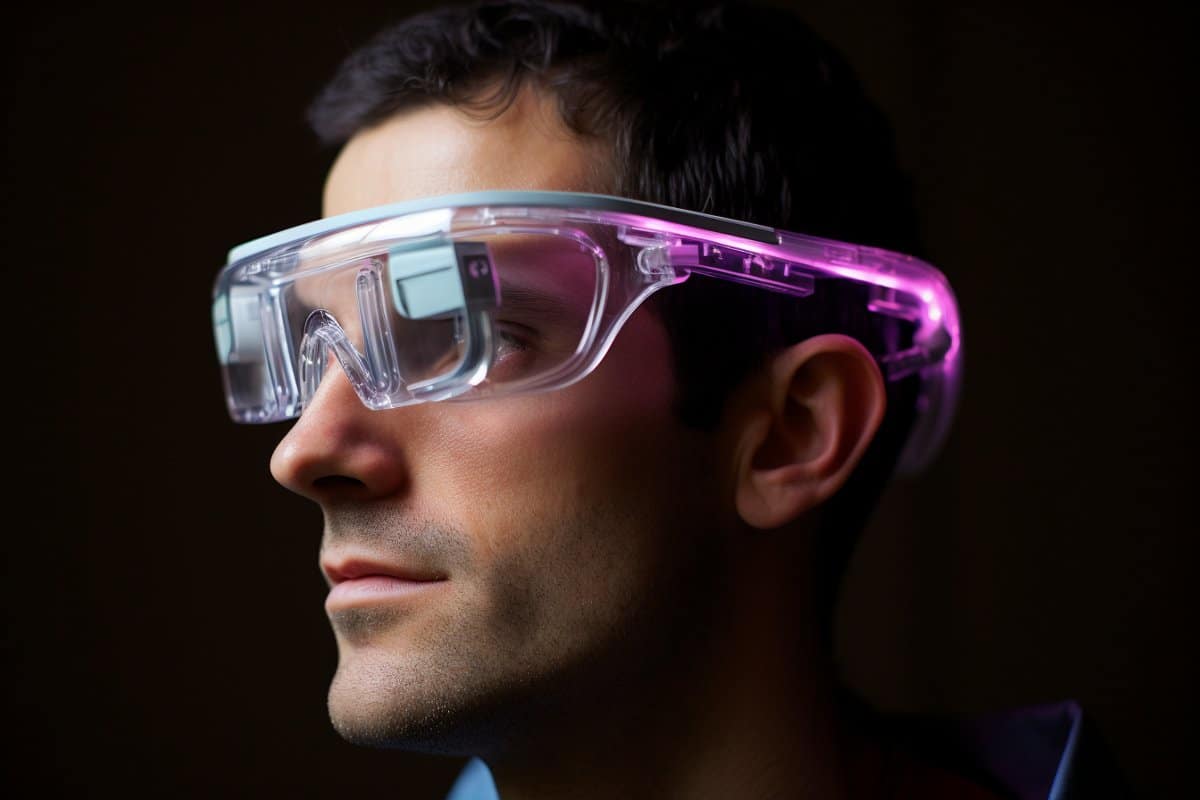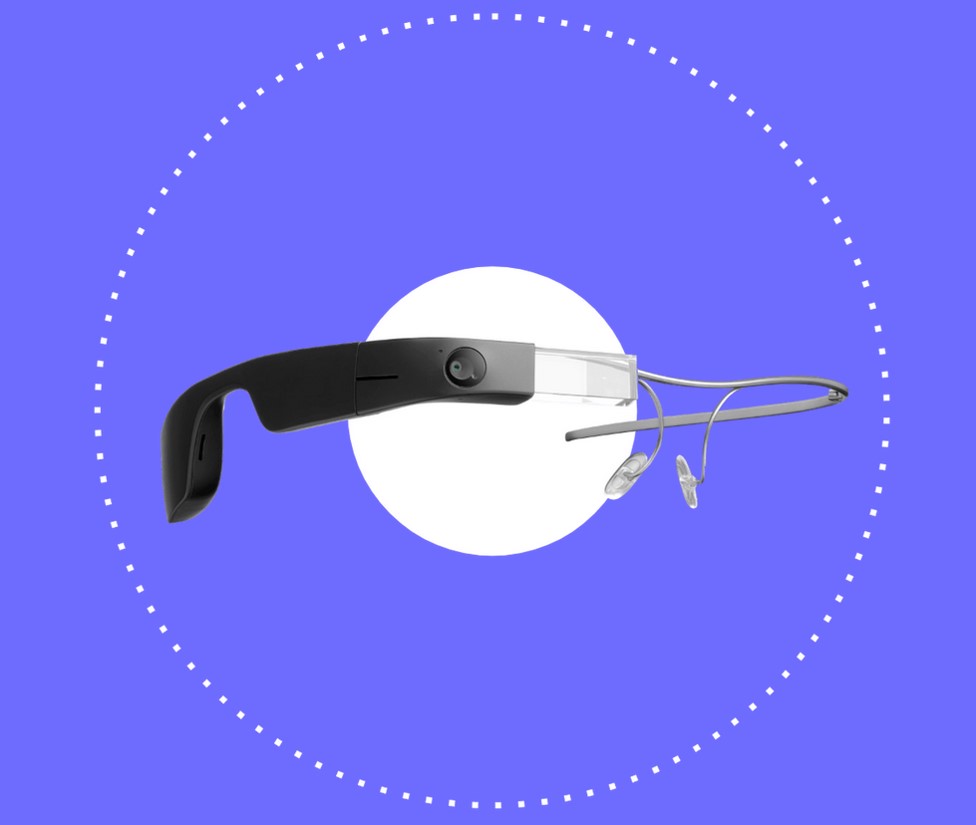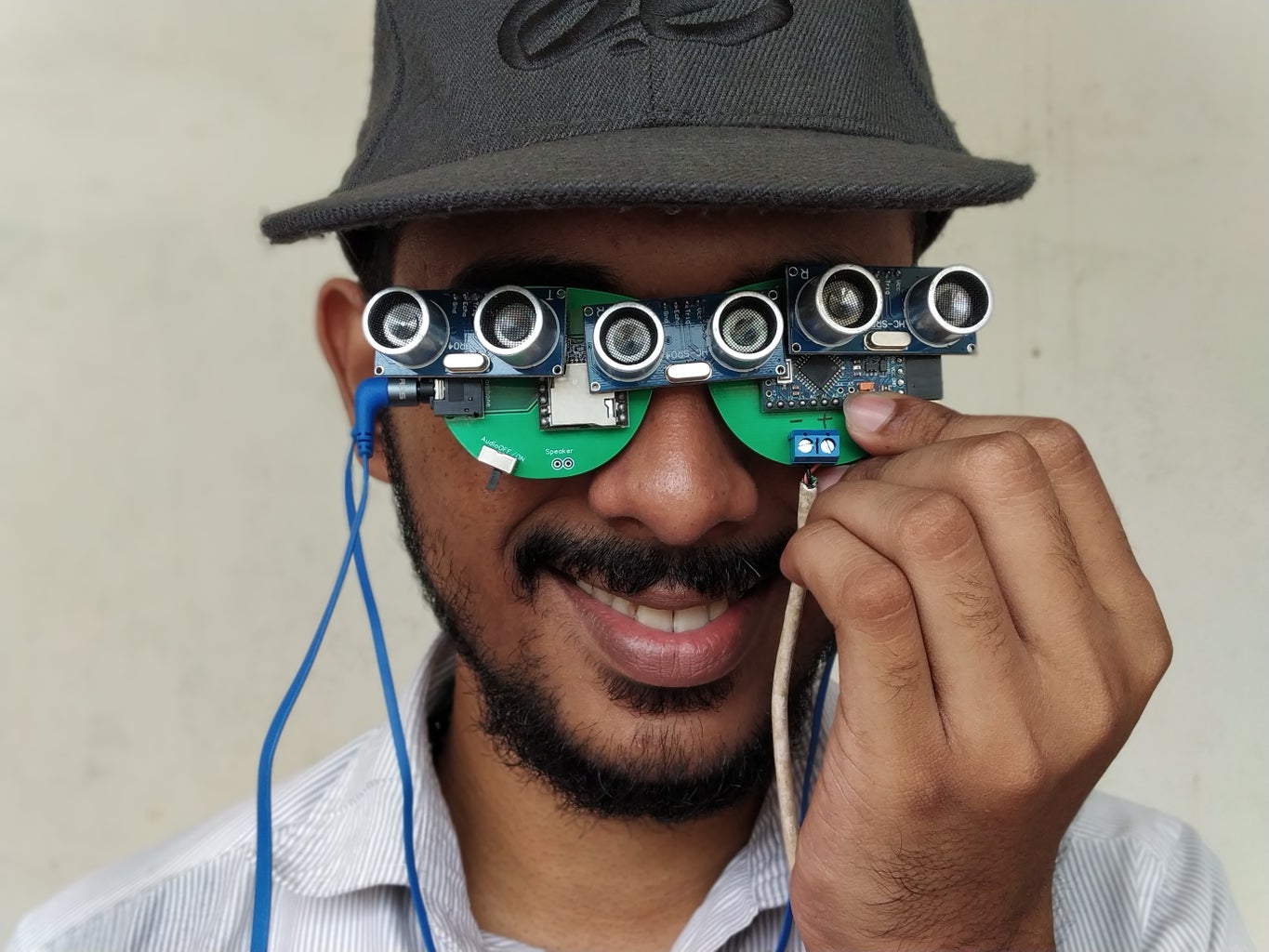Voice-Activated Assistive Devices: Empowering the Visually Impaired Through Innovation
Voice-Activated Assistive Devices: Empowering the Visually Impaired Through Innovation
Blog Article
Empowering Self-reliance With Assistive Technology for the Blind
The assimilation of assistive modern technology for individuals who are aesthetically impaired or blind represents a substantial development in promoting freedom and improving top quality of life. With a series of tools-- from screen visitors to innovative responsive tools-- these modern technologies not only facilitate navigation and communication but also advertise social inclusion and involvement in numerous aspects of life. As we discover the varied types of assistive tools and their real-world applications, it ends up being clear that the influence is profound. Yet, the development of this technology increases important inquiries about availability and future growths that call for additional evaluation. Assistive technology for the blind.
Comprehending Assistive Modern Technology
Although assistive modern technology has actually evolved significantly throughout the years, its basic objective continues to be the very same: to enhance the lifestyle for people with specials needs, especially those who are blind or visually damaged. This innovation includes a wide variety of devices and devices that help with independence and capability in day-to-day tasks.
Assistive modern technology can be classified into modern and low-tech services, each designed to meet details requirements. Sophisticated devices frequently include software application applications, specialized equipment, and adaptive gadgets that make use of innovative modern technology to give support in different contexts. Conversely, low-tech services might involve everyday things that are modified to boost availability, such as magnifiers or tactile pens.
The integration of assistive innovation right into the lives of people who are blind or aesthetically harmed not just promotes freedom but likewise fosters social inclusion and participation in specialist and educational environments. By leveraging these modern technologies, individuals can navigate their surroundings, gain access to details, and connect successfully, consequently improving their general lifestyle. Understanding assistive innovation is essential for caretakers, experts, and advocates who aim to support individuals in maximizing their possible and attaining better self-reliance.
Types of Assistive Tools
Assistive tools for the aesthetically impaired and blind are important tools that boost daily obeying attending to certain difficulties come across by customers. These gadgets can be broadly classified into three main types: optical devices, electronic devices, and sensory gadgets.

Sensory devices, such as Braille displays and responsive maps, provide alternative means to receive info. Braille displays convert digital message into Braille, enabling customers to check out via touch. Responsive maps provide spatial understanding through raised textures and lines, permitting far better ecological awareness.
With each other, these assistive tools empower individuals with aesthetic problems to engage even more totally with their surroundings, advertising better self-reliance and confidence in everyday activities.

Effect on Daily Life
The integration of assistive technology into the lives of individuals that are blind or aesthetically damaged substantially improves their capability to navigate and connect with the world around them. Gadgets such as screen readers, Braille presents, and mobile applications assist in accessibility to info, allowing customers to engage with electronic web content, communicate successfully, and take care of day-to-day tasks separately.
Additionally, modern technologies like clever glasses and navigation applications give real-time aid in unknown atmospheres, improving movement and confidence. These devices make it possible for customers to identify obstacles, checked out indicators, and also acknowledge faces, hence cultivating a feeling of autonomy in public rooms. Furthermore, home automation systems, which can be regulated through voice commands, enable individuals to manage their living atmospheres better, boosting comfort and safety and security.
The influence of assistive innovation prolongs beyond functional jobs; it advertises social incorporation and psychological wellness. By linking the space between individuals and their environments, these technologies empower customers to participate totally in area tasks, pursue instructional chances, and take part in meaningful partnerships. Inevitably, the development of assistive innovation contributes in redefining the possibilities for individuals that are blind or visually impaired, causing a much more obtainable and comprehensive culture.
Success Stories and Testimonies

One more you can look here effective review originates from Mark, a recent college grad that used display reading software throughout his academic trip. This innovation allowed him to access course products and take part in discussions, eventually bring about his effective change right into the labor force. Mark credits assistive modern technology for encouraging him to achieve his occupation goals, stressing its duty in leveling the playing area for people with visual impairments.
Furthermore, recreation center have reported raised engagement in their like it programs thanks to the intro of easily accessible digital platforms. These systems have made it easier for individuals to attach, share sources, and support each other. These success stories jointly underscore the profound effect of assistive modern technology in fostering freedom, boosting quality of life, and damaging down barriers for the visually impaired and blind community.
Future Patterns in Assistive Tech
Emerging modern technologies are positioned to reinvent the landscape of assistive tech for individuals that are aesthetically damaged or blind. Advancements in artificial intelligence (AI) and artificial intelligence are boosting the abilities of gadgets, enabling even more instinctive customer experiences. AI-driven applications are significantly able to check out and acknowledge items message aloud in real-time, giving users with useful info regarding their surroundings.
Additionally, advancements in wearable innovation are creating brand-new chances for freedom. Smart glasses geared up with increased reality attributes can overlay vital details onto the customer's area of vision, assisting in navigation and interaction with the setting. The combination of Net of Things (IoT) gadgets is improving availability in wise homes, allowing users to manage devices and receive alerts through voice commands or tactile interfaces.
The advancement of braille display screens and responsive feedback systems is likewise on the increase, promoting access to electronic web content and enhancing interaction. As these modern technologies proceed to advance, they guarantee to improve everyday living, instructional chances, and work leads for people with visual problems. Constant partnership between engineers, customers, and campaigning for groups will be essential in making certain these advancements fulfill the needs of the community efficiently.
Final Thought
To conclude, assistive innovation plays a critical function in improving the self-reliance of individuals that are blind or aesthetically damaged. By giving essential tools and resources, these technologies assist in boosted navigation, communication, and accessibility to information, therefore promoting freedom and self-esteem. The transformative effect of assistive gadgets not just promotes reliable communication with the atmosphere however additionally urges social incorporation and participation in different facets of life, inevitably empowering individuals to flourish within their communities.
The assimilation of assistive innovation for individuals who are blind or visually impaired represents a considerable improvement in fostering freedom and boosting top quality of life.The assimilation of assistive innovation into the lives of individuals that are blind or visually harmed not only advertises freedom however additionally promotes social inclusion and involvement in instructional and expert settings. Eventually, the development of assistive modern technology is instrumental in redefining the opportunities for individuals that are visually damaged or blind, leading to an extra obtainable and comprehensive culture.
Numerous people who visit are visually impaired or blind have actually shared inspiring success tales that highlight the transformative impact of assistive innovation on their lives.In final thought, assistive innovation plays a critical function in improving the freedom of people who are aesthetically damaged or blind.
Report this page